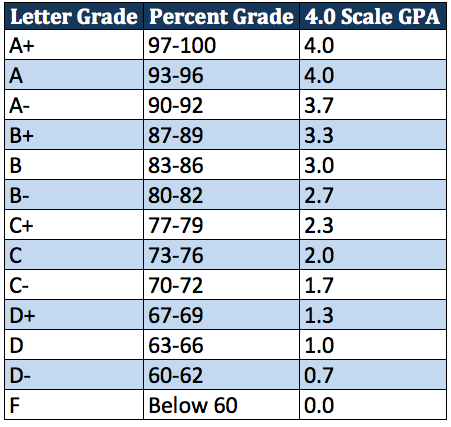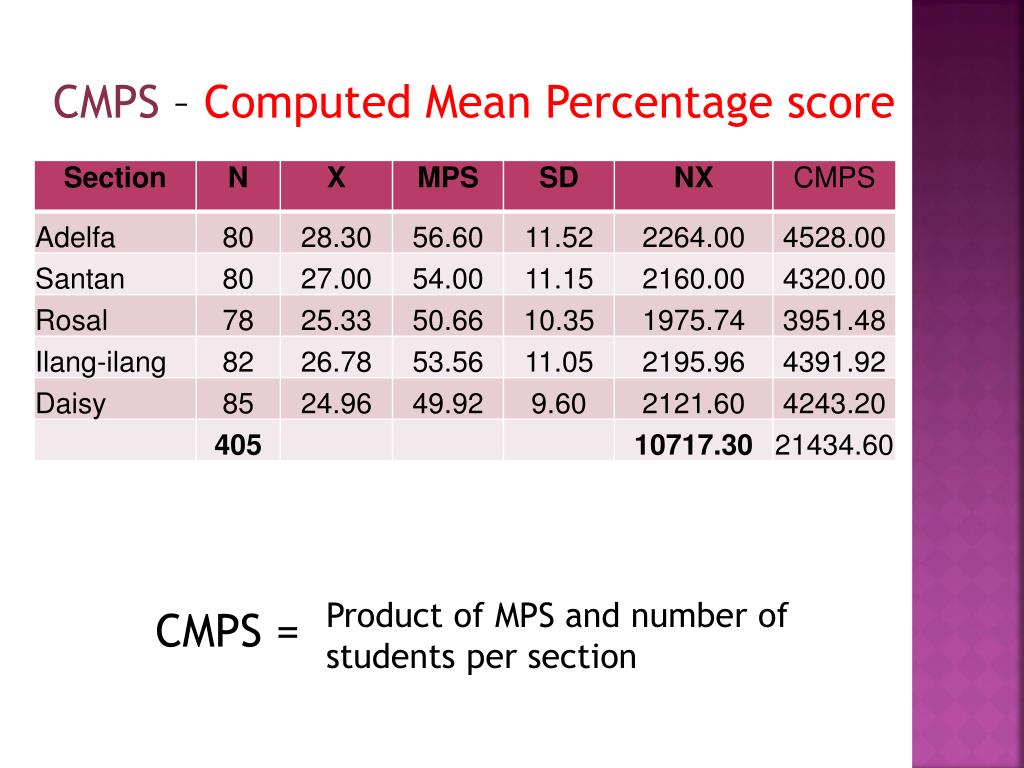
In other words, first, we find the difference between both numbers followed by finding the average of two numbers. To calculate the percent difference between two numbers say a and b, we use the following formula: |(a - b)/(a+b)/2| × 100%.
AVERAGE OF PERCENTAGES MEAN HOW TO
How to Calculate Percent Difference between Two Numbers? It is measured as the division of difference of values by the average of the initial and final values multiplied by 100. The relative percent difference is the difference in the percentage of the initial value and the final value. In simple words, it is the ratio of the difference to the average of two numbers multiplied by 100. The percent difference between the two results say a and b is calculated as |(a - b)/(a+b)/2| × 100%. What is the Percent Difference between the Two Results? It is calculated by using the formula: |Difference/Average| × 100%. It is a way to express the difference between two quantities of the same kind. The percentage difference is defined as the ratio of the difference between two numbers to their average expressed in the form of a percentage. Listed below are a few related topics to the concept of percentage difference in math.įAQs on Percentage Difference What is the Percentage Difference? If the derived answer is negative, the negative value shows a decrease whereas a positive value shows an increase in the value. If the derived answer is negative, the minus sign has to be ignored and the value is taken as it is. While calculating the percentage change, the difference between both values is divided by the old value. While calculating the percentage difference, the difference between both values is divided by the average of the two values. It is the difference between two values as a percentage of one or both values where the old value is compared to the new value or vice-versa. It is the percentage of the ratio of the difference between two values and the average of two values, where one value is higher or lower than the second value. Listed below are a few differences between percentage difference and percentage change. Percentage difference and percentage change are two concepts that people often end up using interchangeably but they are different from each other. Percentage Difference vs Percentage Change Using this formula, we can determine the difference in percentage between any two values. The percentage difference formula or the percent difference equation of two numbers a and b is: The percentage difference of any two numbers is the absolute value of the ratio of their difference and their average multiplied by 100. We can understand the steps to find the percentage difference of two numbers using the following flowchart. Take the ratio of the difference and the average, (a-b)/((a+b)/2) = 30/50 = 3/5.Find the difference between two numbers, i.e, a - b = 65 - 35 = 30.Let us first assume that a = 65 and b = 35. Let us see how to calculate the difference in percentage using an example.Įxample: Calculate the percentage difference between the numbers 35 and 65. Step 4: Multiply the fraction obtained by 100 and simplify your answer.Step 3: Take the ratio of the difference and the average.Step 2: Then, find the average of two numbers, i.e (a+b)/2.

Step 1: Find the difference between the two numbers, i.e a - b.The formula uses the AVERAGE function to average the cells containing numbers and ignores the empty cells or those containing text.įor more information about the AVERAGE function, see the course summary at the end of the course.The calculation of the percentage difference of any two values a and b is easy if you follow the steps written below: To average values in cells and ranges of cells that aren't adjacent, type an equals sign (a formula always starts with an equals sign), AVERAGE, open parenthesis, hold down the Ctrl key, click the desired cells and ranges of cells, and press Enter.

If C4 contained a number, C2 through C5 would be an adjacent range of cells that AutoSum would recognize. If I try to use the AutoSum, Average option here, it only uses cell C5, not the entire column. With larger ranges of cells, it's essential. When averaging a few cells, the AVERAGE function saves your time. The formula is AVERAGE, A2, colon, A5, which averages the cells from A2 through A5. When I double-click inside the cell, I see it is a formula with the AVERAGE function. Then, on the HOME tab, click the AutoSum down arrow, click Average, verify the formula if what you want, and press Enter. You may have used AutoSum to quickly add numbers in Excel.īut did you know you can also use it to calculate other results, such as averages?Ĭlick the cell to the right of a row or below a column.


 0 kommentar(er)
0 kommentar(er)
